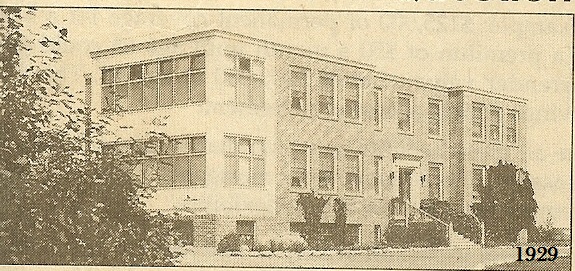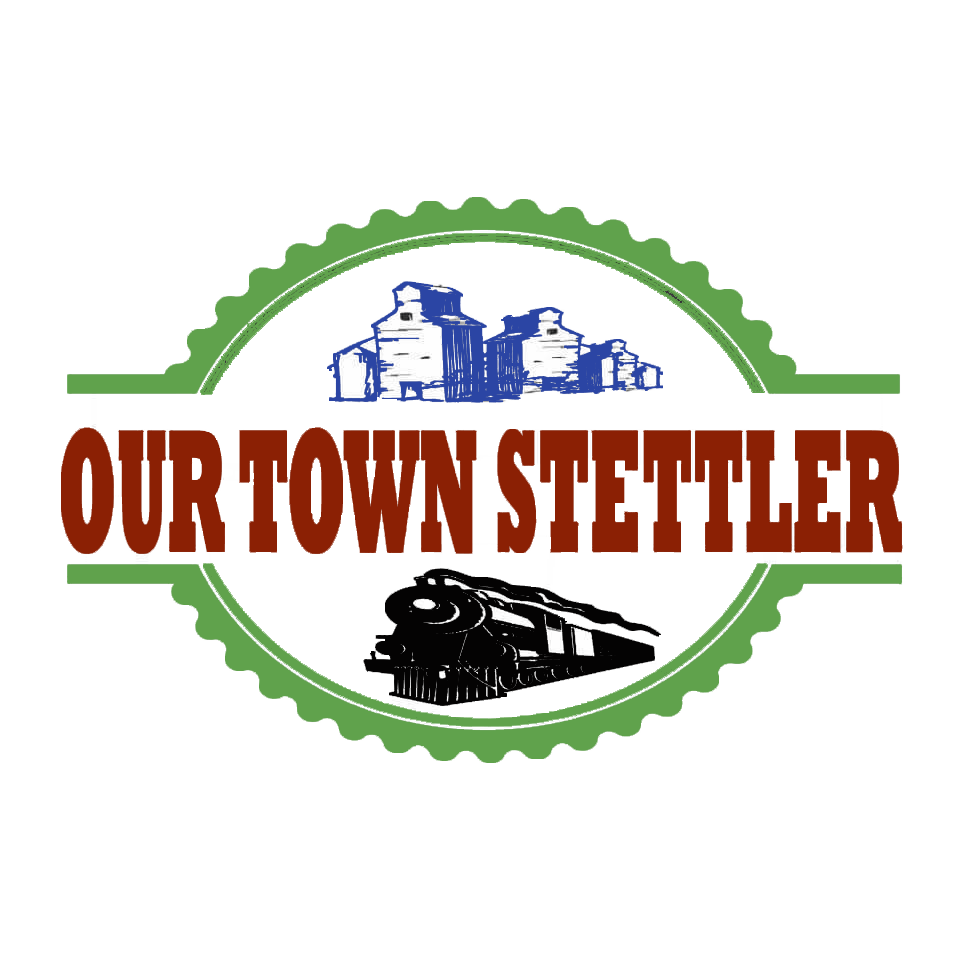 |
It's been over a hundred years since the Canadian Pacific company rolled into what would eventually become Stettler Alberta. In that time, a great deal of things have happened. Some of them good, some of them not so much.
| Brennen Funeral Home | Wells Furniture | Pipes of St. Peter's | A History of Hospitals | The Canadian Northern Story | Stettler Cigar Factory |
THE STORY OF A STORE |
  |
THE LIFE AND TIMES OF AN OPUS 86 ORGAN |
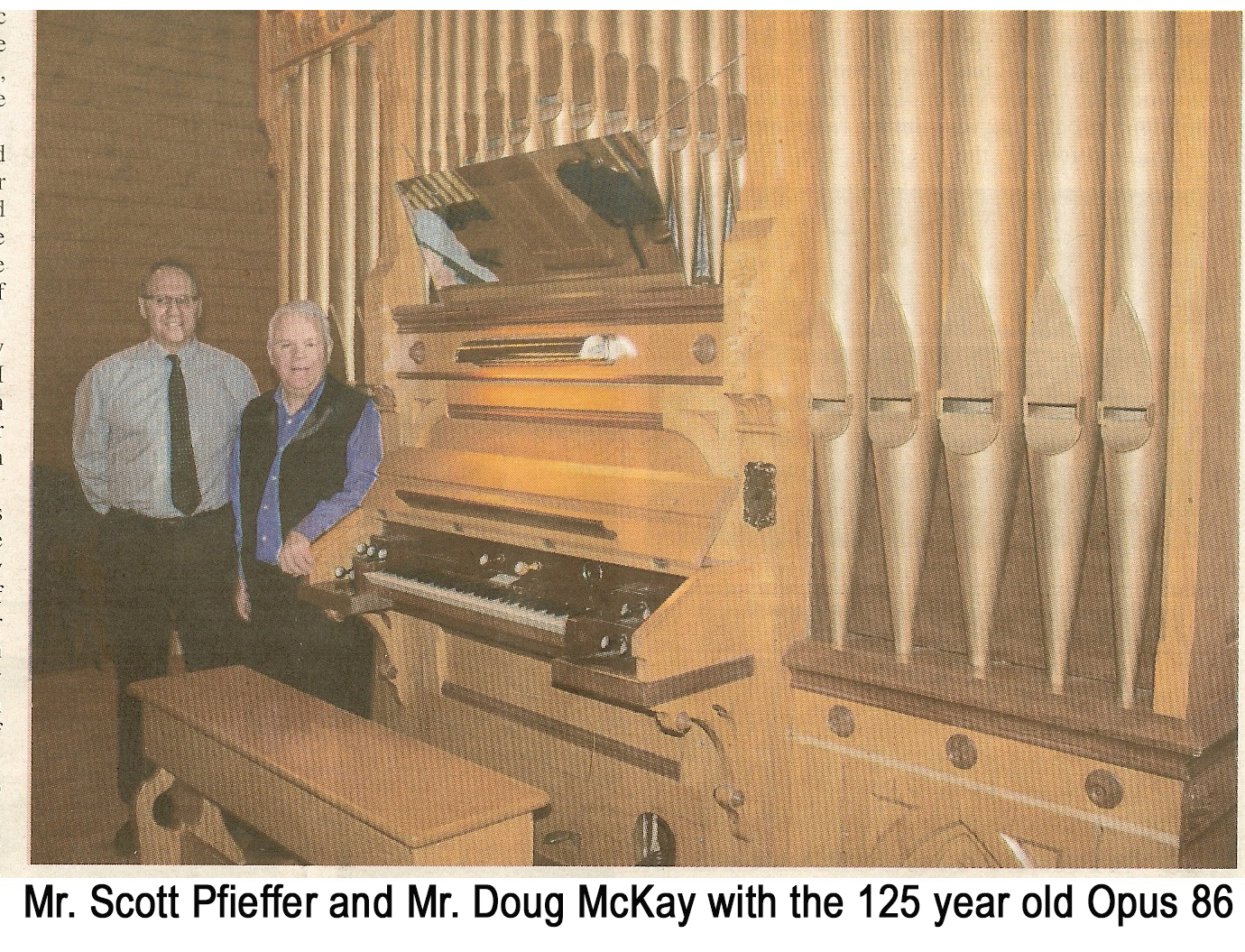 Attend Sunday Service at the St. Peter Evangelical Lutheran Church and you might just be fortunate enough to listen to the sounds of history playing. After 125 years, 2 separate churches, 2 countries, 2 different Stettler homes, and several repairs and modifications over the years, the Opus 86 model organ built by the American company Farrand and Votey of Detroit Michigan, continues to play and may very well do so for years to come. Attend Sunday Service at the St. Peter Evangelical Lutheran Church and you might just be fortunate enough to listen to the sounds of history playing. After 125 years, 2 separate churches, 2 countries, 2 different Stettler homes, and several repairs and modifications over the years, the Opus 86 model organ built by the American company Farrand and Votey of Detroit Michigan, continues to play and may very well do so for years to come.
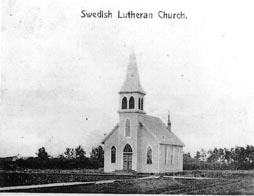
|
THE STORY BRENNEN FUNERAL HOME |
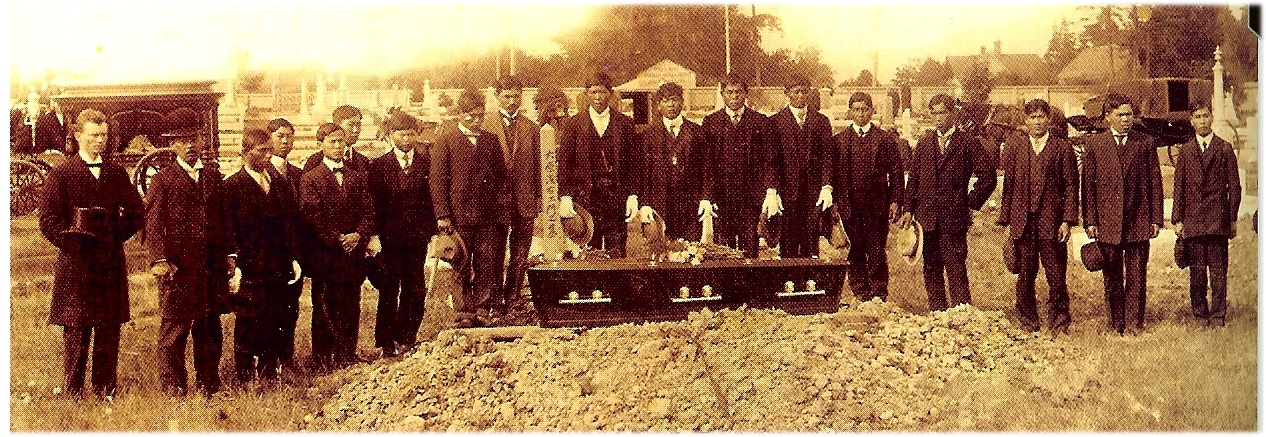 |
|
A HISTORY OF HOSPITALS |
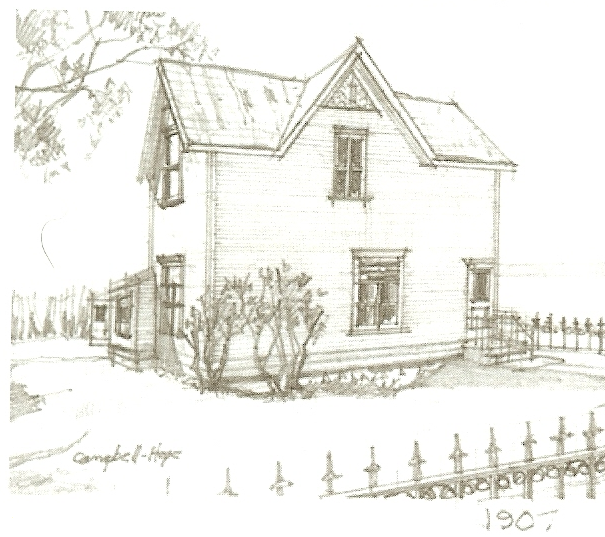
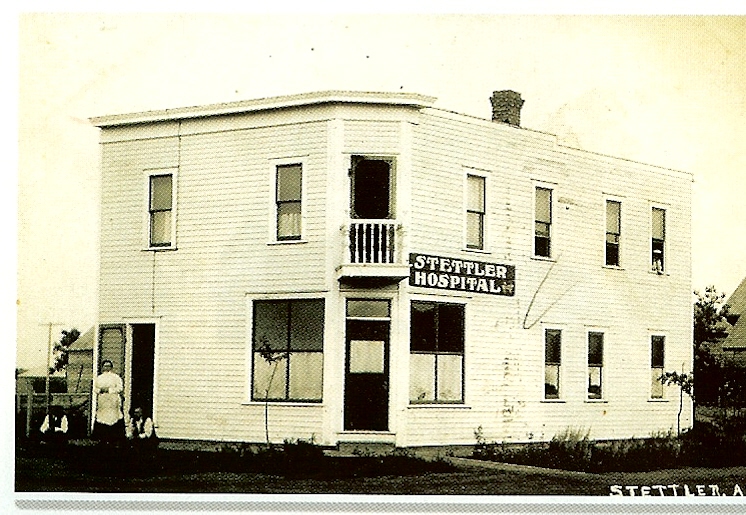 At that time, an 18 bed hosptial was also located on the corner of 49th street, and Railway Ave. This facility was run by a Mr. & Mrs. Hunt(possibly the one noted in the 1905 hospital) with Mrs. J. Hunt as the matron for many years. In 1916, Dr. Franlenm took over a house across the street from the lumber yard, and operated a hospital there. He was aided by two local woman, Mrs. McGillivray, and Mrs. R.O. Bull who were practical nurses at the time. Later in 1918 Creighton opened a similar hospital at 5002-52street. Mrs. Gertie Streit Sr. supervised the hospital's operations, and had duties ranging from looking after the kitchen , to washing and drying bandages. She would also assist with operations. At that time, an 18 bed hosptial was also located on the corner of 49th street, and Railway Ave. This facility was run by a Mr. & Mrs. Hunt(possibly the one noted in the 1905 hospital) with Mrs. J. Hunt as the matron for many years. In 1916, Dr. Franlenm took over a house across the street from the lumber yard, and operated a hospital there. He was aided by two local woman, Mrs. McGillivray, and Mrs. R.O. Bull who were practical nurses at the time. Later in 1918 Creighton opened a similar hospital at 5002-52street. Mrs. Gertie Streit Sr. supervised the hospital's operations, and had duties ranging from looking after the kitchen , to washing and drying bandages. She would also assist with operations.
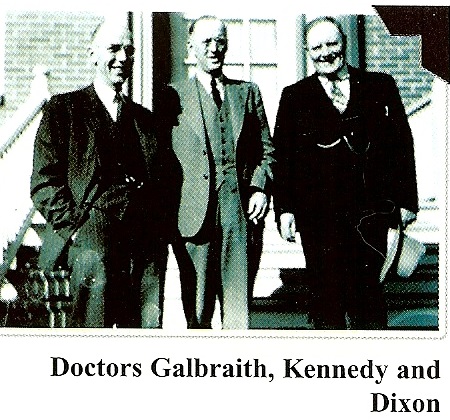 Two major medical operations would soon be competing for support in the community. The first steps towards a new facility would start for one group on May 8, 1925, when the Stettler Board of Trade made a request of the Parish Priest, Father Ernest Battle. Father Battle was asked by the board to approach the Archbishop, in hopes of establishing a Sister's Hospital which was an organization of nursing sisters, known primarily for their operations during major wars, both at home, and over seas. Four sisters from St. Joseph's of London Ontario arrived in Edmonton in February of 1926. A public meeting was held in March of 1926, when both the possibilities of a Sister's hospital, and a new municipal hospital district and operation, were discussed. No decision was made at that meeting, nor had one been made by September of that year. Father Battle attempted to keep the Sisters interested in setting up in Stettler and invited them to do so out of Carder Hall(the former Cigar Factory which had moved to Vancouver by this time.) However a provisional board had been set up with repreresentitives from the surrounding Municpal Districts, and communities. This included: S.A Vanderford (Waverly M.D), H.A. Ford (Haig M.D.), Fred Biggs (Vimy M.D), Joseph Harbison (Dublin M.D.) F.T Colley (Stettler) and E. Prudden (Botha). The Municipal district was agreed upon in August on 1927, and by May of 1928, it was a corporate body. A credit was given for $40,000 for a 20 period to secure financing for the construction, and furnishings of the 25 bed facility. Sadly, with the creation of the new Municipal Hospital District, operations such as that of the Sisters Hospital, were closed. The Sisters would, however, would accept an offer from the community of Galahad to establish a 20 bed hospital. The Galahad hospital would run under the Sisters from 1927-1995. Two major medical operations would soon be competing for support in the community. The first steps towards a new facility would start for one group on May 8, 1925, when the Stettler Board of Trade made a request of the Parish Priest, Father Ernest Battle. Father Battle was asked by the board to approach the Archbishop, in hopes of establishing a Sister's Hospital which was an organization of nursing sisters, known primarily for their operations during major wars, both at home, and over seas. Four sisters from St. Joseph's of London Ontario arrived in Edmonton in February of 1926. A public meeting was held in March of 1926, when both the possibilities of a Sister's hospital, and a new municipal hospital district and operation, were discussed. No decision was made at that meeting, nor had one been made by September of that year. Father Battle attempted to keep the Sisters interested in setting up in Stettler and invited them to do so out of Carder Hall(the former Cigar Factory which had moved to Vancouver by this time.) However a provisional board had been set up with repreresentitives from the surrounding Municpal Districts, and communities. This included: S.A Vanderford (Waverly M.D), H.A. Ford (Haig M.D.), Fred Biggs (Vimy M.D), Joseph Harbison (Dublin M.D.) F.T Colley (Stettler) and E. Prudden (Botha). The Municipal district was agreed upon in August on 1927, and by May of 1928, it was a corporate body. A credit was given for $40,000 for a 20 period to secure financing for the construction, and furnishings of the 25 bed facility. Sadly, with the creation of the new Municipal Hospital District, operations such as that of the Sisters Hospital, were closed. The Sisters would, however, would accept an offer from the community of Galahad to establish a 20 bed hospital. The Galahad hospital would run under the Sisters from 1927-1995.
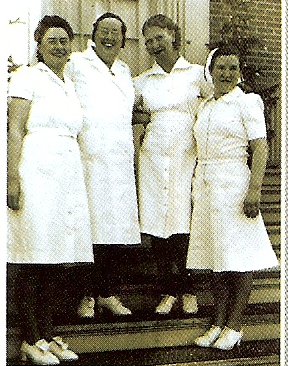 Dr. Zender specialized in urology, and also served as A Canadian Pacific Railway doctor, and distric coroner. Dr. Zender specialized in urology, and also served as A Canadian Pacific Railway doctor, and distric coroner.
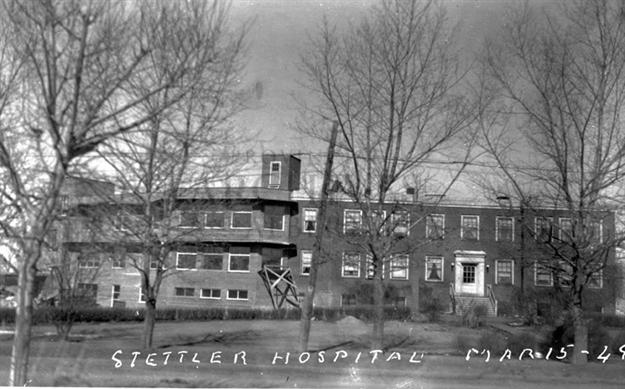 A long list of British Doctors would provide the people of the Municpal Distric with top-flight health care, such as: Dr. Hazel Stephens from London, Dr. Donald Dobson from Shetfeild. The would be in addition to more local medical minds like Dr. Paul Martine From Saskatchewan. A long list of British Doctors would provide the people of the Municpal Distric with top-flight health care, such as: Dr. Hazel Stephens from London, Dr. Donald Dobson from Shetfeild. The would be in addition to more local medical minds like Dr. Paul Martine From Saskatchewan.
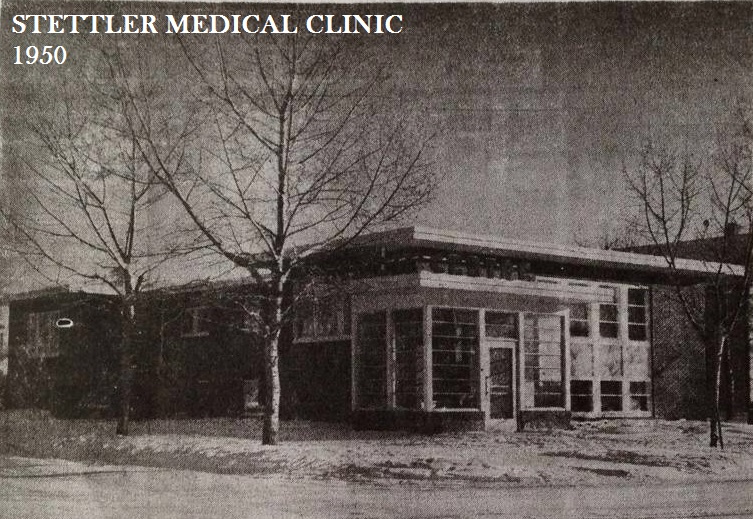 Instead the doctors would come to the patient based on the requirements of the patient in question. A sort of chute had also been built into the building to allow patients' charts to be passed between the upper and lower floor. The clinic had 18 exam rooms, each of which was equipped with the most modern furnishings available. This included a light-based system to inform people of who occupied which room. A white light above the door would indicate a nurse was in the exam room, a red light would indicate a patient was in the room, and a blue light would announce a technician. Above the external lights were markers that would indicate which doctor was using that exam room at the time. The upper floor conference room, which was located in the north east corner of the building, was a multi-use space that was employed for meetings, writing patient histories, and was even equipped with light boxes for examining Xrays, as well as a space on the wall for watching films(on a reel-to-reel projector.) Instead the doctors would come to the patient based on the requirements of the patient in question. A sort of chute had also been built into the building to allow patients' charts to be passed between the upper and lower floor. The clinic had 18 exam rooms, each of which was equipped with the most modern furnishings available. This included a light-based system to inform people of who occupied which room. A white light above the door would indicate a nurse was in the exam room, a red light would indicate a patient was in the room, and a blue light would announce a technician. Above the external lights were markers that would indicate which doctor was using that exam room at the time. The upper floor conference room, which was located in the north east corner of the building, was a multi-use space that was employed for meetings, writing patient histories, and was even equipped with light boxes for examining Xrays, as well as a space on the wall for watching films(on a reel-to-reel projector.)
|
HOW STETTLER ALMOST WASN'T A CN STOP |

 surveys, and decided on
in an office, often back in Ontario, made for a completely different outcome. To places like Content, and Blumenau, their locations were ideal. Content was built on a location that had once been home to the largest settlement
west of Manitoba, and Blumenau was located just a few short miles east of some rather swampy land. To people in Ontario offices, final locations for undeveloped areas, were really just a matter of general information, and picking
a spot on a map. So when the decision came for Canadian Pacific's new branch line from the town of Lacombe, to terminate at an undeveloped location, many people were left stunned, and somewhat hurt. surveys, and decided on
in an office, often back in Ontario, made for a completely different outcome. To places like Content, and Blumenau, their locations were ideal. Content was built on a location that had once been home to the largest settlement
west of Manitoba, and Blumenau was located just a few short miles east of some rather swampy land. To people in Ontario offices, final locations for undeveloped areas, were really just a matter of general information, and picking
a spot on a map. So when the decision came for Canadian Pacific's new branch line from the town of Lacombe, to terminate at an undeveloped location, many people were left stunned, and somewhat hurt.
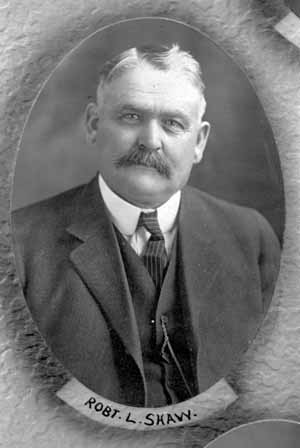 This however, was not an ideal situation for the town's Board of Trade. Much like CP not wanting a competing company in the small community, the Board of Trade, did not want another town drawing away potential settlers, and businesses. So, after preliminary talks with Canadian Northern, the Stettler Board of Trade, purchased the land
that would be required for a new station. Negotiations to secure the Canadian Northern's interests, was spear headed locally by the Board of Trade, while a small group of business men which included Mr. Charles L Willis, and Liberal MPP Mr. R.L. Shaw (who also owned the National Hotel, and the second Royal Hotel). Soon CN was laying track towards Stettler, and on June 13, 1910 the Stettler Band, lead a group of excited citizens to meet up with the work crews as they installed the diamond where the CNoR line was to intersect with the CP line. The band played, children froliced, and the adults watched with excitement as the CN was becoming a reality. This however, was not an ideal situation for the town's Board of Trade. Much like CP not wanting a competing company in the small community, the Board of Trade, did not want another town drawing away potential settlers, and businesses. So, after preliminary talks with Canadian Northern, the Stettler Board of Trade, purchased the land
that would be required for a new station. Negotiations to secure the Canadian Northern's interests, was spear headed locally by the Board of Trade, while a small group of business men which included Mr. Charles L Willis, and Liberal MPP Mr. R.L. Shaw (who also owned the National Hotel, and the second Royal Hotel). Soon CN was laying track towards Stettler, and on June 13, 1910 the Stettler Band, lead a group of excited citizens to meet up with the work crews as they installed the diamond where the CNoR line was to intersect with the CP line. The band played, children froliced, and the adults watched with excitement as the CN was becoming a reality.
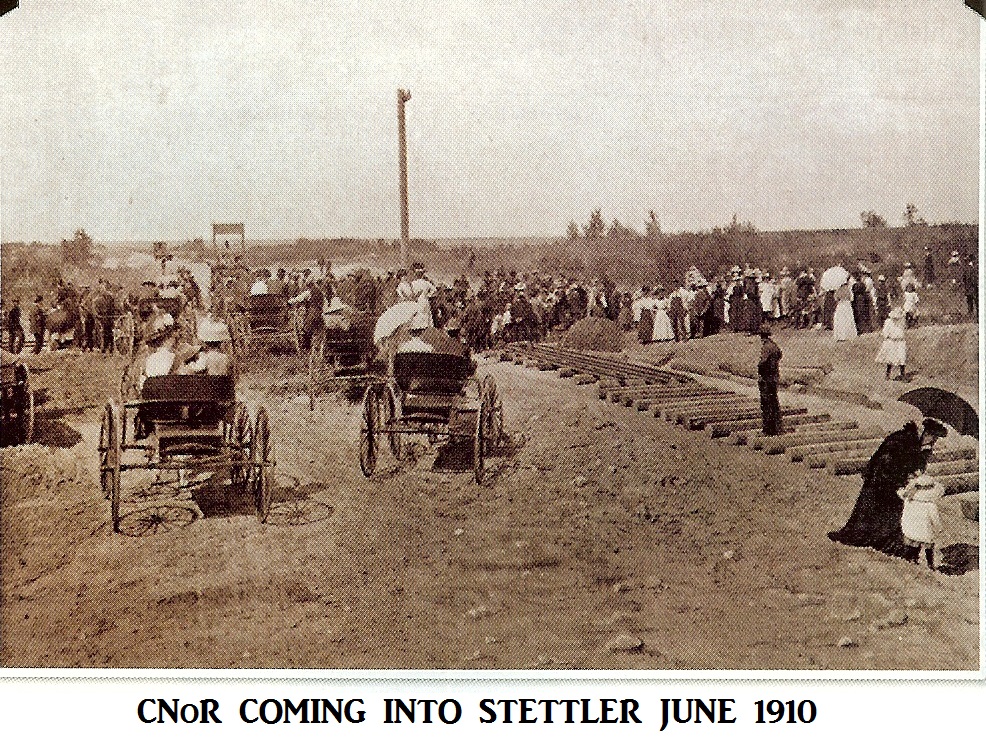 in July of 1910. Although the station was fairly basic, the Stettler Independent proclaimed it would one of the grandest stations in the province (excluding Red Deer, Lethbridge, Calgary, and Edmonton, which all had fairly unique CN stations.) As Canadian Northern's traffic increased, and plans for a new Hanna line started to develope, the question of expansion became an issue. Stettler hoped that CN would expand their station, however there was a constraint on available space on the south end of town, as well as the cost of the land. The existing station south of Stettler, in the community of Warden, was
a second option, however Warden's water supply was rather limited. This left Big Valley's Mot Creek, which eventually became the railway's choice. Stettler attempted to convice Canadian Northern to reconsider, however they had already made several capital investments in Big Valley. in July of 1910. Although the station was fairly basic, the Stettler Independent proclaimed it would one of the grandest stations in the province (excluding Red Deer, Lethbridge, Calgary, and Edmonton, which all had fairly unique CN stations.) As Canadian Northern's traffic increased, and plans for a new Hanna line started to develope, the question of expansion became an issue. Stettler hoped that CN would expand their station, however there was a constraint on available space on the south end of town, as well as the cost of the land. The existing station south of Stettler, in the community of Warden, was
a second option, however Warden's water supply was rather limited. This left Big Valley's Mot Creek, which eventually became the railway's choice. Stettler attempted to convice Canadian Northern to reconsider, however they had already made several capital investments in Big Valley.
|
THE CIGAR COMPANY THAT SPANNED 2 PROVINCES |

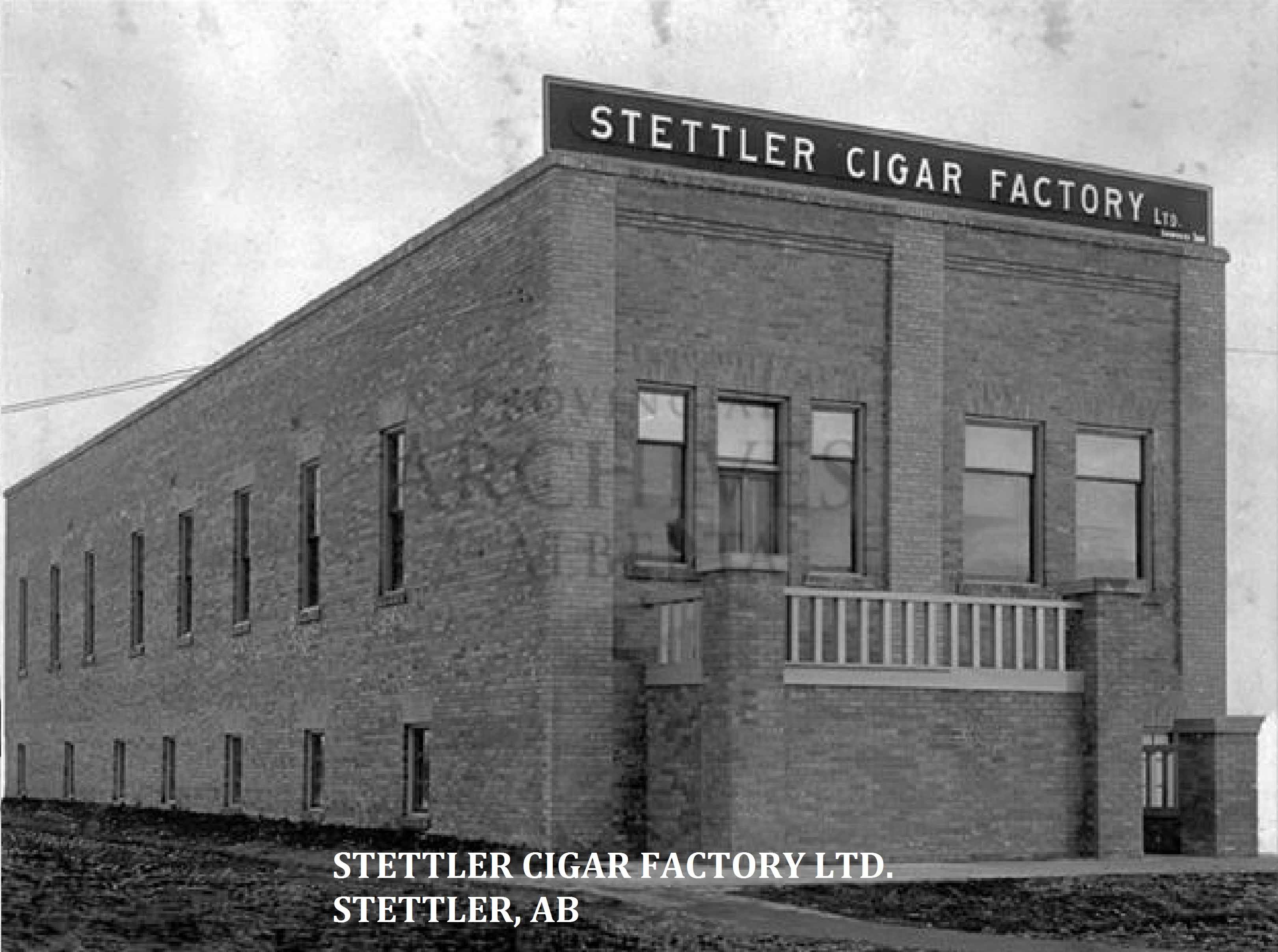 like it would be the end for the Stettler Cigar Factory, and in some ways, it sadly was. Homer's son Fred Carder, had managed to broker a deal with a Mister. Otto R. Brenner of Montreal. A man with 40 years experience in the cigar business between Ontario and Montreal, Brenner would purchase the factory, and incorporate it as Van Loo Cigars in May of 1922. The newly redesignated company, had an operating capital of $50,000, and much of the Stettler Cigar Factory staff, who had been laid off months before, were hired back.
Fred Carder was given the position of GM of the newly formed organization. like it would be the end for the Stettler Cigar Factory, and in some ways, it sadly was. Homer's son Fred Carder, had managed to broker a deal with a Mister. Otto R. Brenner of Montreal. A man with 40 years experience in the cigar business between Ontario and Montreal, Brenner would purchase the factory, and incorporate it as Van Loo Cigars in May of 1922. The newly redesignated company, had an operating capital of $50,000, and much of the Stettler Cigar Factory staff, who had been laid off months before, were hired back.
Fred Carder was given the position of GM of the newly formed organization.
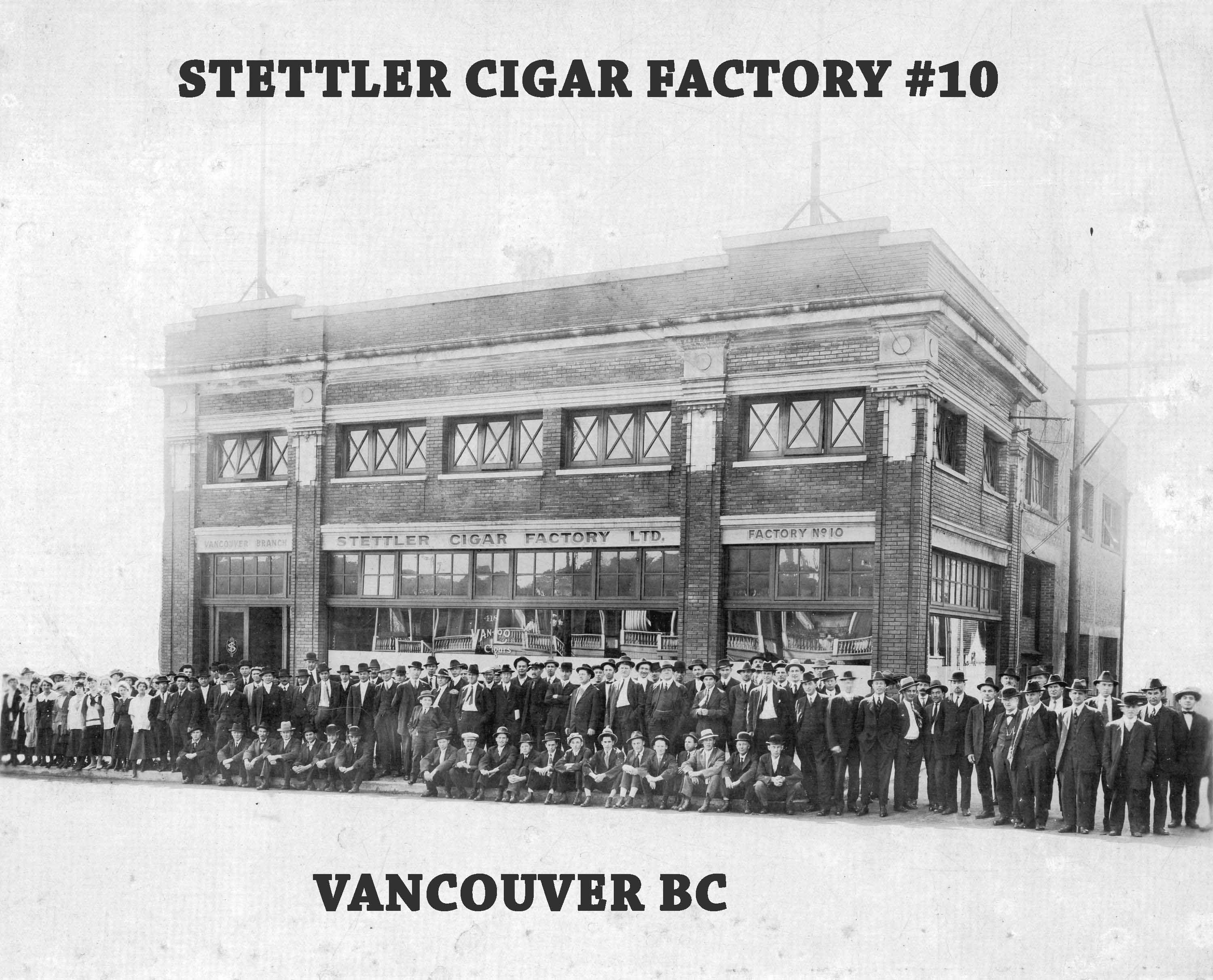 the building known as Carder's hall, that sat near the end of Alberta(50th) Avenue, was still a central part of the community. Dances, and special events were held there, including a grand ball hosted by the Stettler Chapter of the Eastern Star. In the 1920's, while the town was divided between starting a municipal hospital, or a Sister's Hospital run by an organization that had established a reputation of care during the first World War (and would do so again during World War II). Four Sisters were dispatched from London. However since the town was divided, no major progress on the hospital was made right away. In hopes of keeping the nurses around for a while, arrangements were made for them to setup in Carder's hall.< the building known as Carder's hall, that sat near the end of Alberta(50th) Avenue, was still a central part of the community. Dances, and special events were held there, including a grand ball hosted by the Stettler Chapter of the Eastern Star. In the 1920's, while the town was divided between starting a municipal hospital, or a Sister's Hospital run by an organization that had established a reputation of care during the first World War (and would do so again during World War II). Four Sisters were dispatched from London. However since the town was divided, no major progress on the hospital was made right away. In hopes of keeping the nurses around for a while, arrangements were made for them to setup in Carder's hall.<
|
